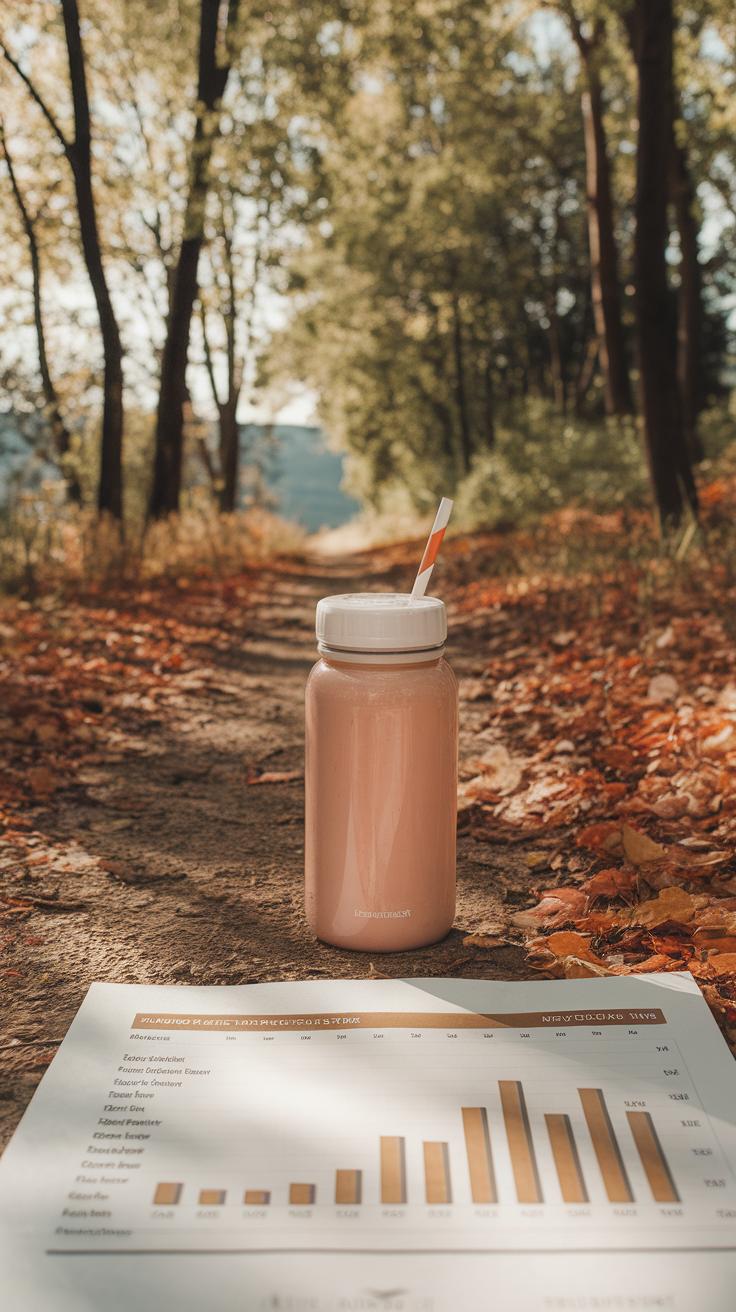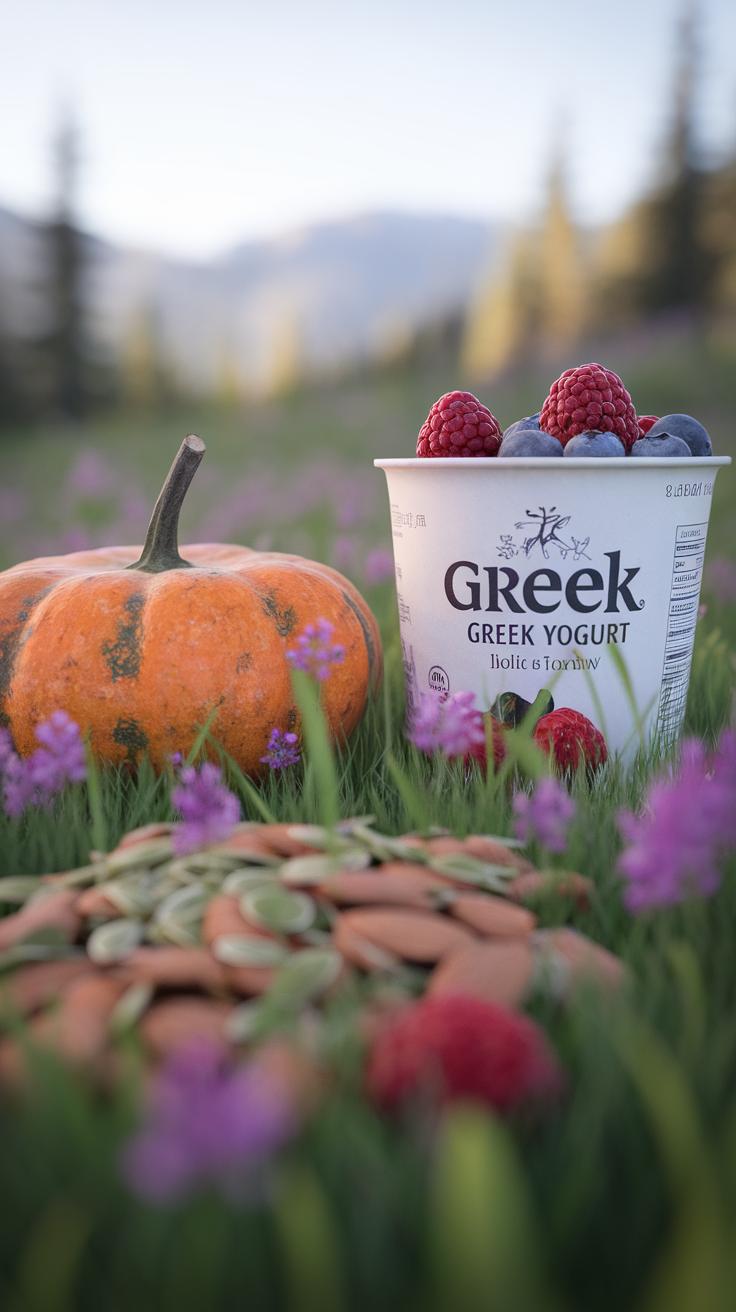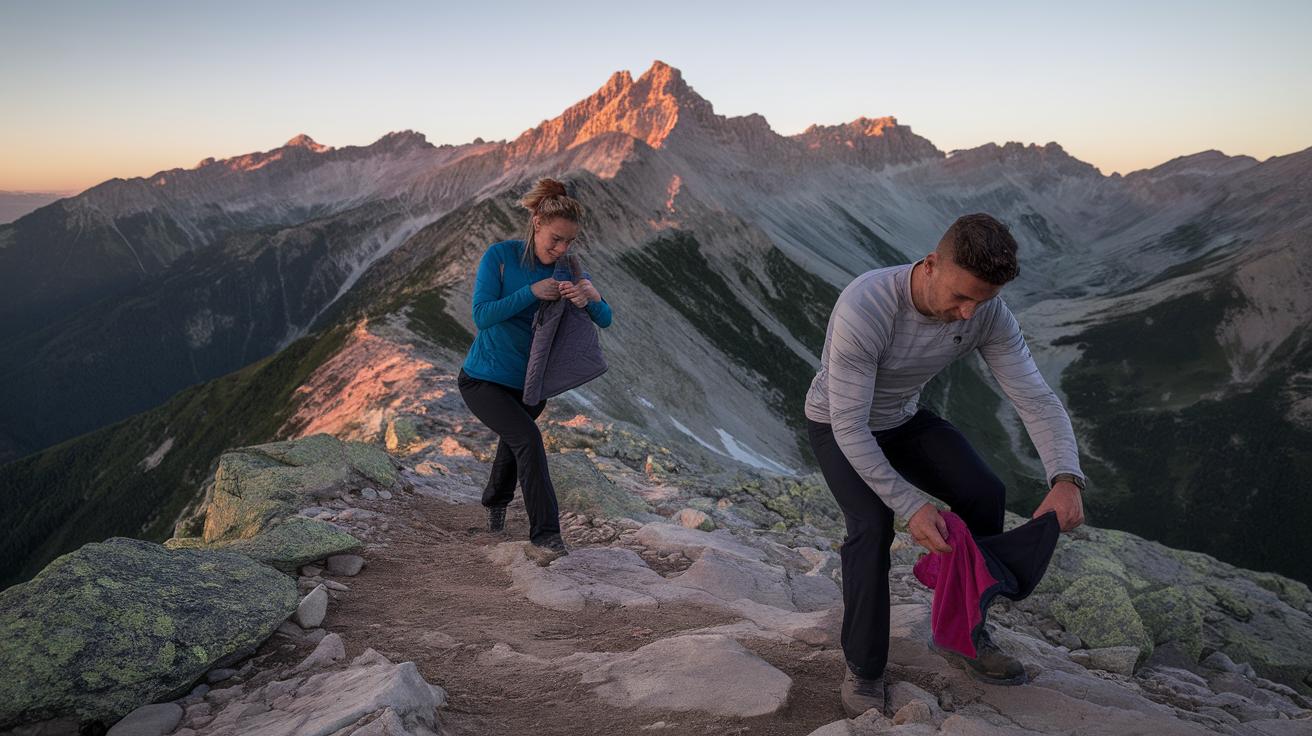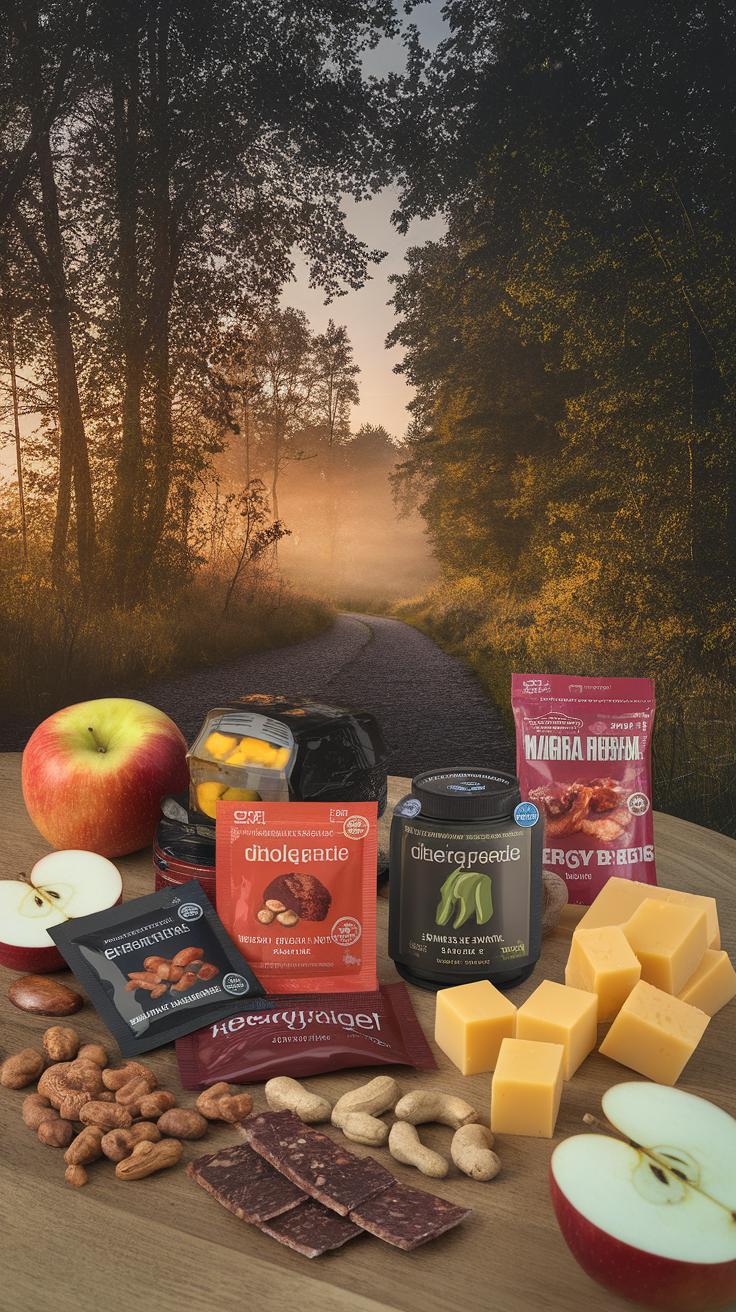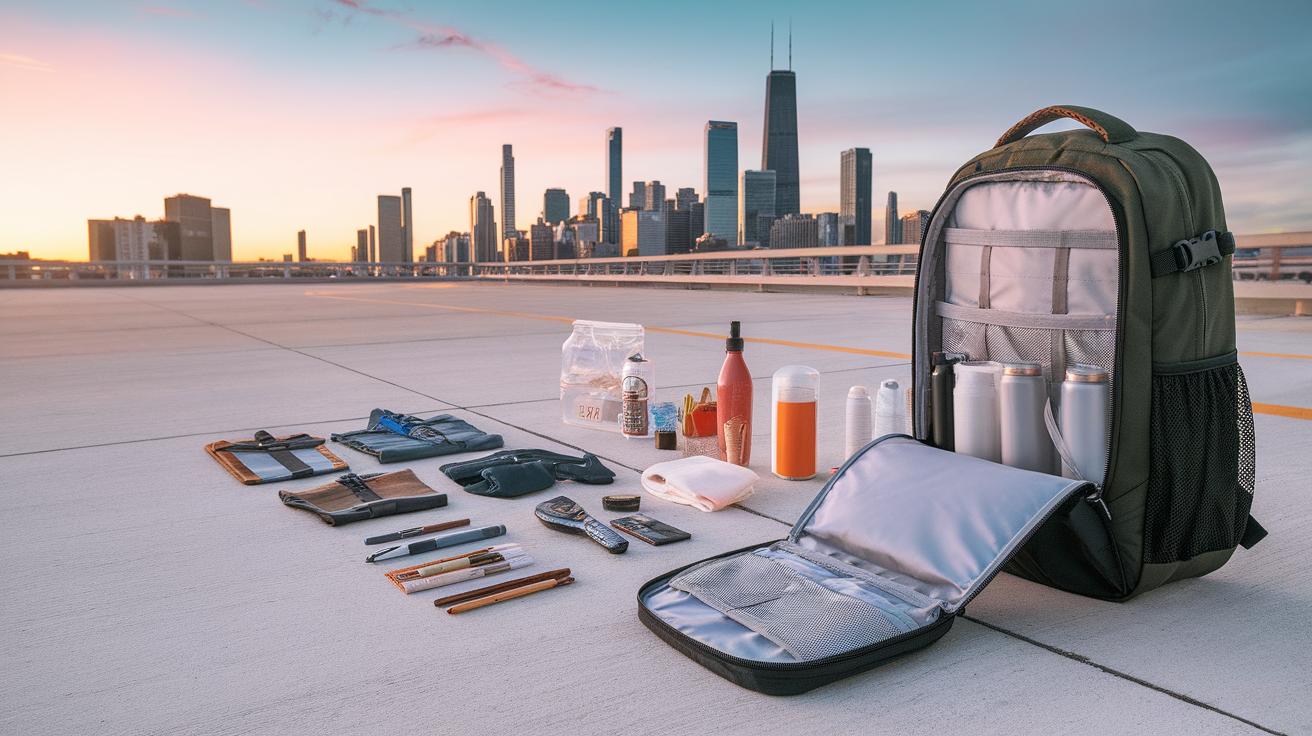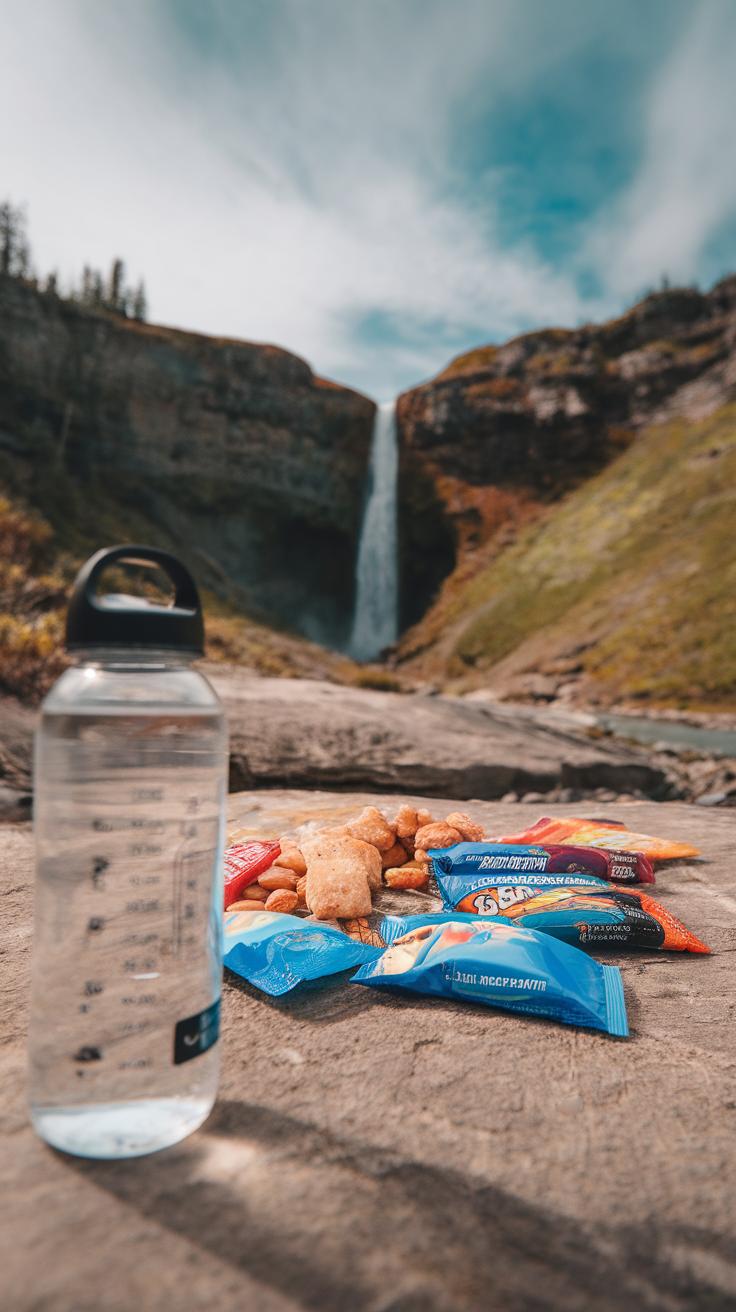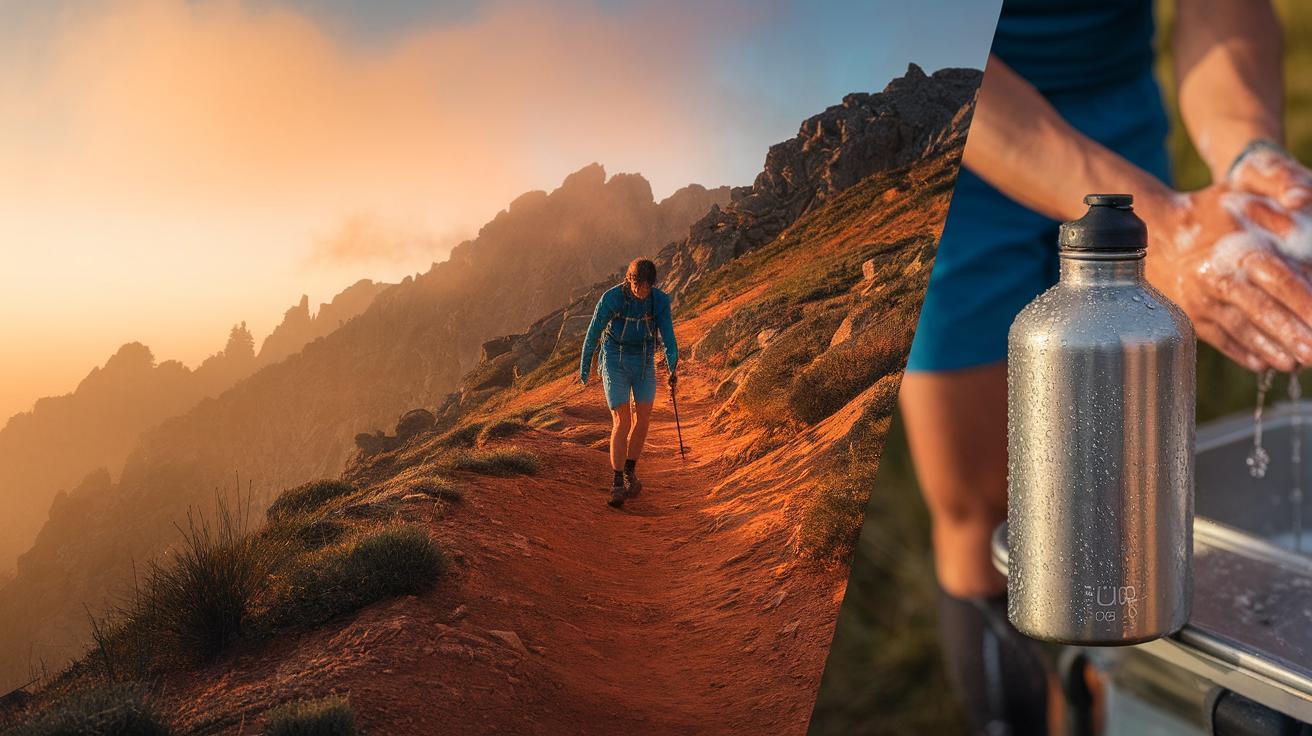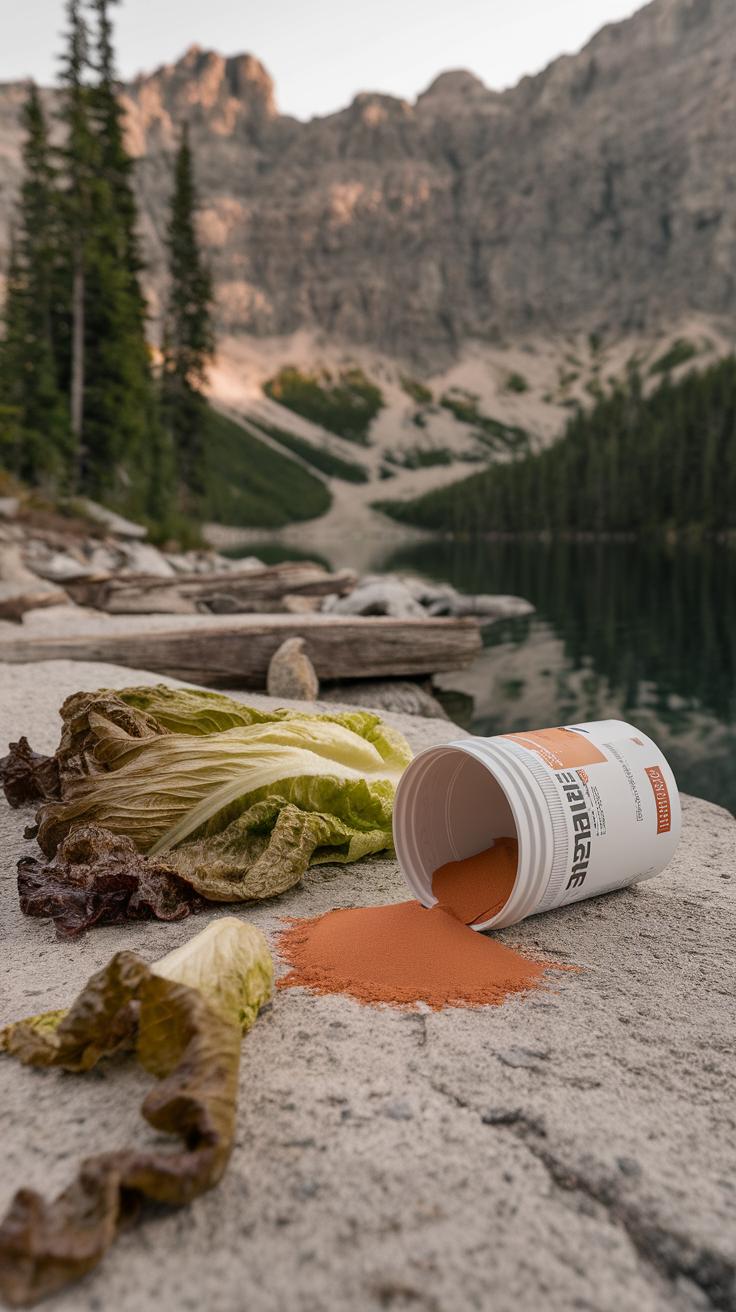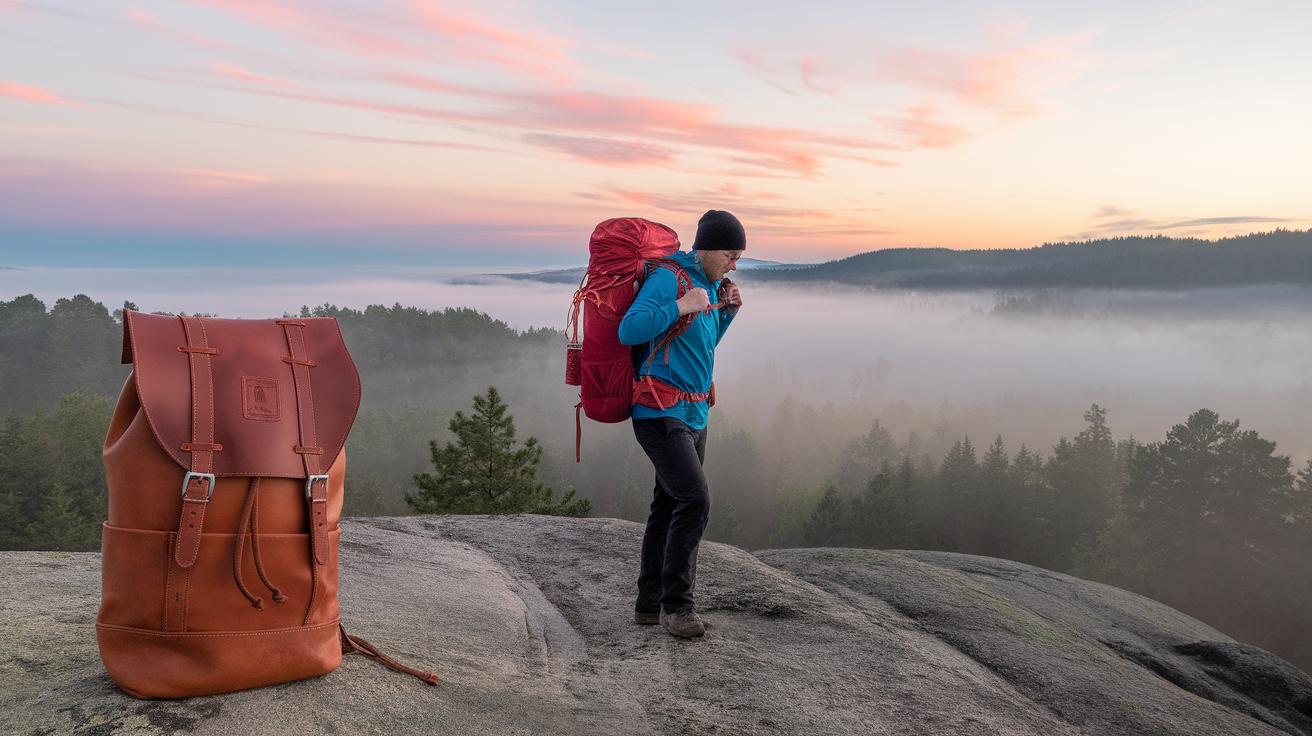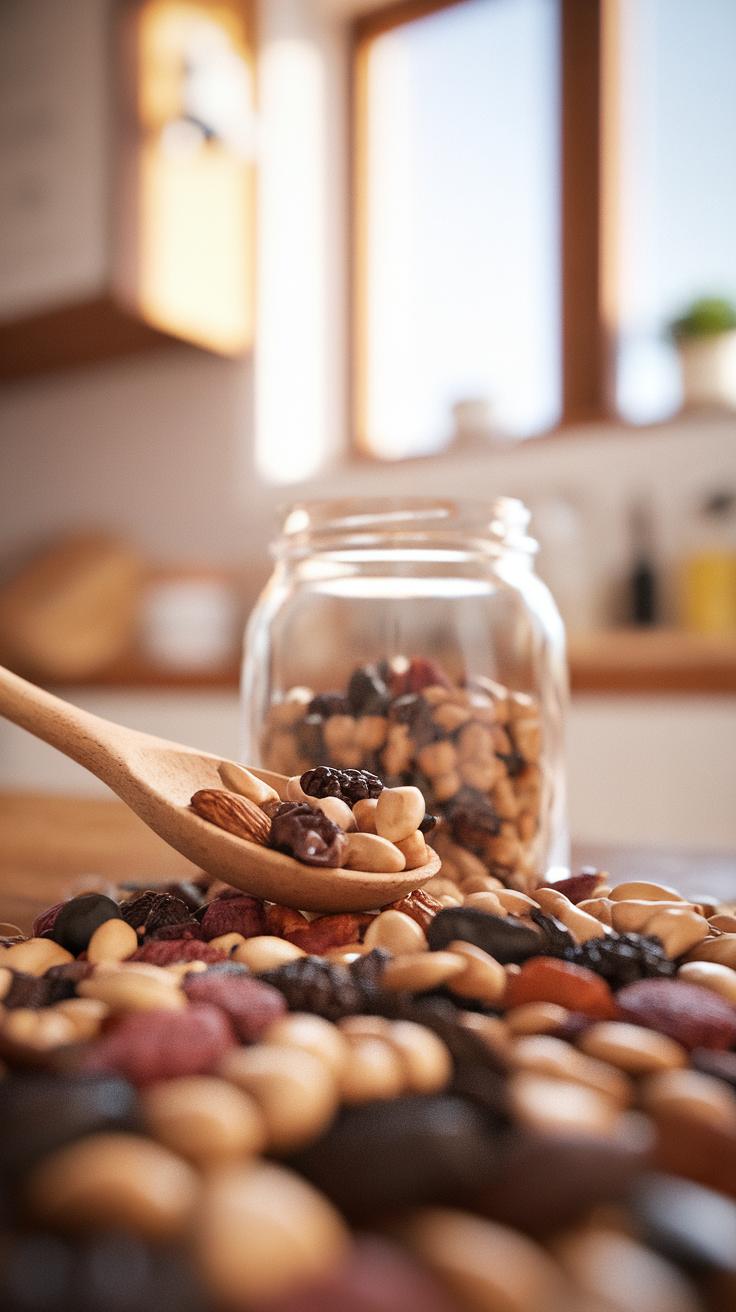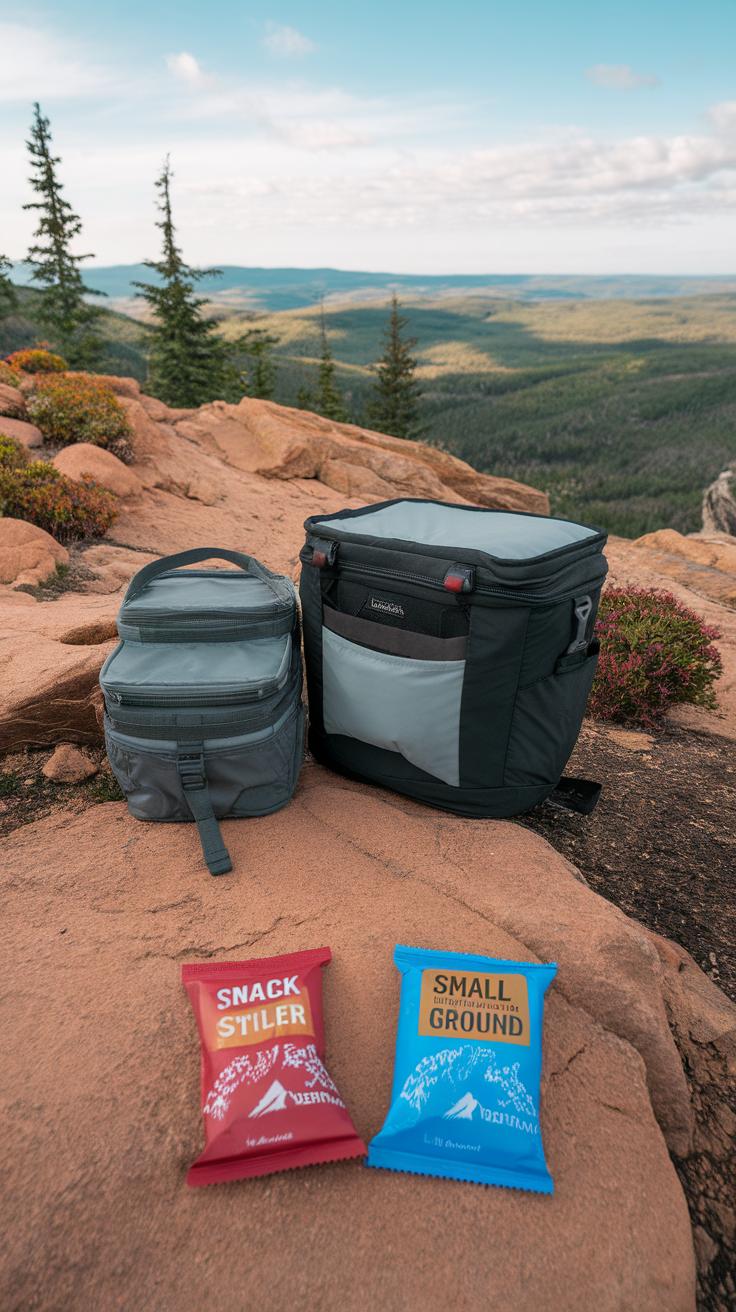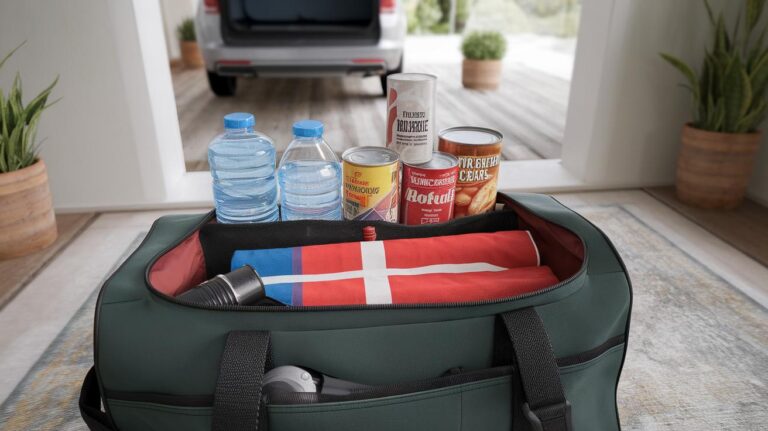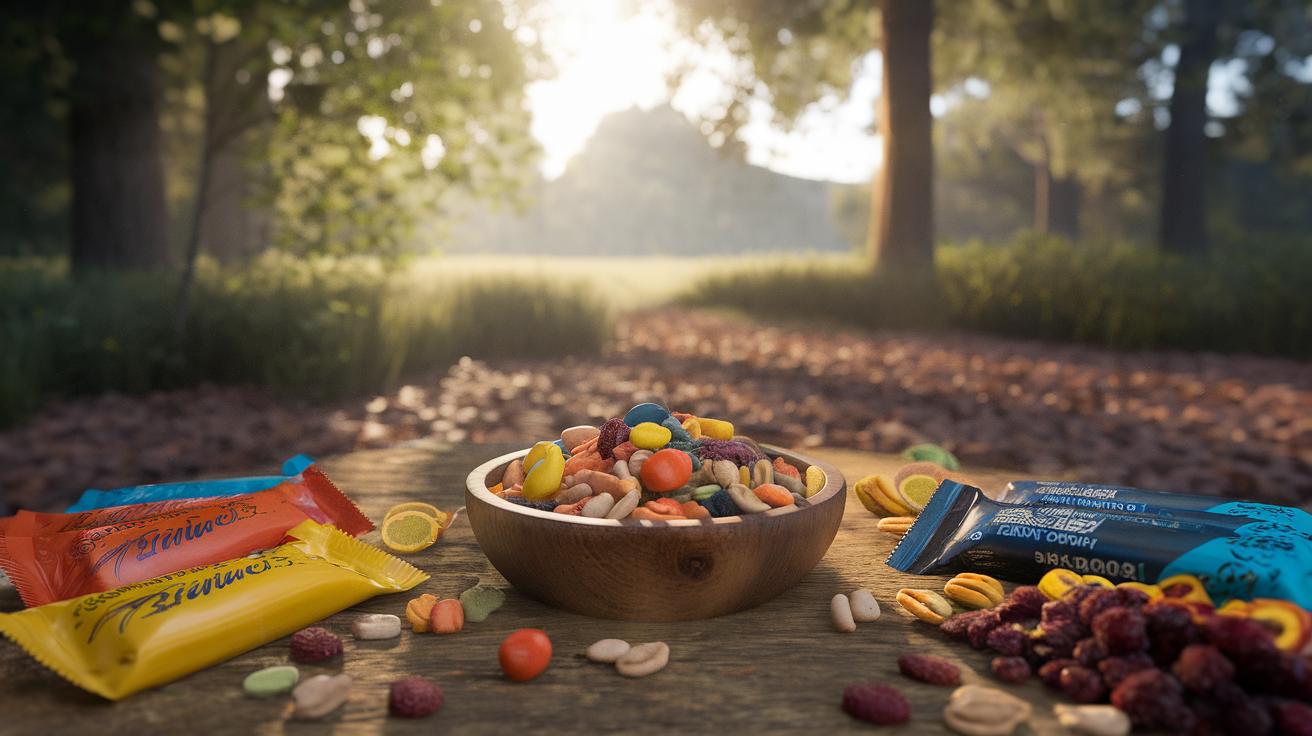
Nutritious Hiking Snacks To Fuel Your Trail Adventures
Introduction
Snacks are a vital part of your hiking experience. They keep you energized and focused. Choosing the right snacks can impact your stamina. You might wonder which snacks best support your trail adventures. Understanding the nutritional needs during hikes is the first step. Hiking demands energy, hydration, and nutrients. What you eat can help or hinder your performance. How do snacks supply the fuel needed for your journey? Carefully selected snacks provide carbohydrates, protein, healthy fats, vitamins, and minerals.
Planning snacks requires smart choices about convenience, nutrition, and energy release. Lightweight, non-perishable options that fit easily in your pack work best. You’ll want snacks that prevent hunger but maintain energy through the hike. This article explains key details about hiking snacks, helping you choose wisely. Your hikes will become better with the right nutrition. This guide covers types of snacks, nutritional benefits, and practical tips to keep you fueled and ready.
Understanding Energy Needs on the Trail
Your body requires steady energy to keep moving on hikes. Physical activity drains your fuel, and without proper nutrition, you may feel tired or lose focus quickly. Hiking involves varied energy demands depending on the trail. Steep climbs burn more calories than flat paths, and walking fast uses more energy than a slow pace. You might notice this when tough terrain makes your legs ache or your breathing quickens. Eating the right foods gives your muscles the fuel to keep going and helps your brain stay alert. What snacks will keep your energy steady over several hours? Choosing foods that release energy slowly can prevent sudden crashes and keep you alert for the entire hike.
Calorie Burn and Energy Sources
Hiking can burn between 400 and 700 calories per hour, depending on how hard you work. Your body turns to carbohydrates first because they provide quick energy. Fats offer long-lasting fuel and help during long hikes. Protein repairs muscles damaged during exercise and keeps your body strong. You need all three to perform well. Imagine hiking uphill with a backpack. Your muscles rapidly use carbs, but fats sustain you over several hours. Protein helps you recover after the trail. Without these energy sources, your body struggles to maintain performance. Are your snacks giving you a good mix of carbs, fats, and protein to support your effort?
Balancing Nutrients for Endurance
You must balance carbs, fats, and proteins for lasting endurance on the trail. Carbohydrates provide immediate energy for movement. Healthy fats keep you fueled over longer periods, especially on tough or extended hikes. Protein supports muscle repair and recovery when your hike ends. If you eat too many carbs without fats and protein, your energy spikes and drops, leaving you tired. Too many fats and proteins with few carbs may slow your pace. A snack like trail mix, combining nuts, dried fruit, and seeds, offers a balanced nutrient profile. What combinations have you found that keep your energy steady and help you recover for your next adventure?
Essential Nutrients to Look for in Hiking Snacks
Your hiking snacks should provide more than just calories. Choosing foods rich in essential nutrients supports energy, hydration, and muscle health on the trail. Carbohydrates fuel your movements, while proteins help repair muscles stressed by hiking. Healthy fats supply steady energy over longer periods.
Vitamins such as B-complex play a key role in converting food to usable energy. Vitamin C helps your body absorb iron and supports your immune system during physical exertion. Minerals like magnesium aid muscle function and help prevent cramps.
Electrolytes such as sodium, potassium, and calcium keep your body hydrated by balancing fluids. These minerals are lost through sweat, especially on hot or strenuous hikes. Including snacks that replenish electrolytes can keep you alert and performing well.
Next time you prepare your trail snacks, ask yourself: Does this food support my energy, muscle needs, and hydration? Snacks with a combination of these nutrients will serve you better throughout your hike.
Carbohydrates for Quick Energy
Carbohydrates are your body’s main fuel during sustained exercise like hiking. Your body breaks carbs down into glucose, which cells use for energy. When you hit the trail, your muscles need a quick and easy source of fuel to keep going.
Simple carbs, like fruit sugars, give you a fast energy boost. Complex carbs, found in whole grains and vegetables, release energy slowly and keep your blood sugar steady. This helps prevent energy crashes that leave you feeling tired and weak.
Think about snacks like oatmeal cookies, whole grain crackers, or dried fruits. These combine both quick and lasting energy sources. What types of carbs do you prefer to keep your momentum on the trail?
Proteins and Healthy Fats for Recovery
Hiking puts stress on your muscles, causing small damage that proteins help fix. Eating protein during breaks supports repair and keeps your muscles ready for the next stretch. Think of trail-friendly options like jerky, nuts, or yogurt-covered snacks.
Healthy fats provide energy that lasts longer than carbs. They fuel your body during slower, steady parts of your hike. Sources like almonds, peanut butter, and seeds pack a strong mix of fats and protein, keeping hunger away and endurance high.
Including both proteins and fats in your snacks means you support muscle recovery while fueling long sections on the trail. Reflect on how your body feels when your snacking includes these nutrients. Could adding a handful of nuts or a protein bar improve your next hike’s experience?
Top Snack Choices for Hikers
You want snacks that keep your energy steady without weighing you down. Popular hiking snacks fit this need by combining good nutrition, easy carrying, and enjoyable taste. Nuts stand out because of their high calorie count and healthy fats. They pack a punch and stay fresh in your backpack. Dried fruits offer natural sugars and vitamins to help you recover quickly after tough stretches. Energy and granola bars deliver a balance of carbohydrates and protein, which many hikers rely on for quick refueling. Fresh options like apple slices or carrot sticks refresh and hydrate, although they require a bit more care to avoid spoilage. Choosing snacks based on how they fuel your body and how convenient they are to carry helps you stay focused on your hike, not your hunger.
Nuts and Seeds
Nuts and seeds serve as compact powerhouses of nutrition. They contain healthy fats, protein, and fiber, making them ideal for long-lasting energy. This combination supports muscle repair and sustains stamina on challenging terrain. Almonds and walnuts provide omega-3 fatty acids, which benefit heart health and reduce inflammation. Pumpkin seeds add a boost of magnesium to help prevent muscle cramps. These snacks resist crushing, so you can toss them in your bag and grab handfuls as you go. How often do you reach for nuts on the trail when you need a quick energy top-up?
Energy and Granola Bars
Energy and granola bars offer a convenient way to blend carbohydrates with protein and fat. Carbs fuel your muscles quickly, while protein supports recovery. A bar with oats, nuts, and dried fruits hits the right mix. Some bars include electrolyte blends to replace what you lose through sweat. You should check the label before you buy, aiming for bars with minimal added sugar and natural ingredients. You can keep bars sealed until hunger strikes, making them ideal for unpredictable trail sections. When was the last time you relied on a bar to push through a tough part of your hike?
Packing Smart to Keep Snacks Fresh and Accessible
Keeping your snacks fresh and easy to reach makes a big difference on the trail. You want your food to stay tasty and safe from dirt or moisture. Choose airtight containers that seal tightly to stop air and water from spoiling your snacks. Think about using resealable bags too—they save space and can be squeezed into small spots in your pack.
Protect snacks from being crushed by storing them in hard cases or small plastic boxes. Lightweight containers made from BPA-free plastic or silicone blend strength and portability well. Consider reusable snack bags to cut down waste and keep your backpack light. Have you tried using small jars for peanut butter or honey? They keep those sticky treats tidy and ready for action.
Organize your snacks by grouping them in separate compartments or small pouches. Keep easy-to-eat snacks like bars or nuts within quick reach to minimize stops. Use clear bags or labels to spot what you want without unpacking everything. Packing snacks in portions helps you control how much you eat and avoids messes on the trail. What’s your system for grabbing a quick bite without slowing down? Planning in advance makes staying fueled simpler and more enjoyable.
Choosing Containers and Packaging
Look for containers that keep snacks dry and intact. Hard plastic boxes protect chips, crackers, or granola bars from turning into crumbs. Use silicone bags for fruit slices or trail mixes—they prevent leaks and seal tightly against bugs. Lightweight metal tins also work well for nuts or small bars and resist crushing. Pack items that might spill snacks—like granola or nuts—in screw-top containers or bags with good seals.
Consider the weight and size of containers. Make sure your choices do not add extra bulk. Some container designs stack or flatten to save room, helping you pack more efficiently. Avoid things that absorb moisture, such as cloth bags, because dampness can ruin snacks quickly. When you experiment with containers, think about how easy they are to open with gloves or cold hands.
Organizing Your Snack Supply
Separate snacks by type or meal times. Divide your trail mix, dried fruit, and bars into small bags or compartments for quick grabs. A snack organizer or small pouch helps prevent items from mixing and becoming messy. If you eat while hiking, pick containers that open easily with one hand.
Keep fresh snacks in insulated pockets or coolers to keep them crisp longer. Label packets by day or time to remind yourself when to eat each snack. Using color-coded bags can speed up finding your favorites on the trail. Make sure wrappers or bags are resealable to avoid spills in your pack. How can you arrange your snacks so refueling never slows your pace?
Hydration and Its Role with Snacks
Staying hydrated goes hand in hand with eating snacks during your hike. Your body needs water to digest food properly and turn it into energy. Without enough fluids, even the best snacks won’t give you the boost you need.
When you consume snacks, especially those rich in carbohydrates, your body uses water to break them down. Drinking water helps keep your muscles working and your mind sharp, allowing you to focus on the trail ahead.
Have you ever felt tired or lightheaded despite eating enough? That often means you need to drink more. Proper hydration helps your energy last longer and makes snacks more effective for endurance.
Pairing your snack times with regular sips of water or electrolyte drinks keeps your body balanced. This balance supports better stamina and quicker recovery on the hike.
Water and Electrolytes
Water is vital for every part of your body when hiking, but it’s not the only key to hydration. Electrolytes like sodium, potassium, and magnesium help control fluids in your cells and nerves.
Sweating during a hike causes you to lose these minerals. If you only drink plain water, you risk diluting your electrolyte levels, which can cause cramping or fatigue.
Snacks containing salty nuts, seeds, or dried fruits help replace lost electrolytes. They support fluid balance and keep your muscles relaxed and working.
Think about times when you felt muscle cramps or sluggishness. Including salty snacks or electrolyte-rich foods can prevent those issues and keep you feeling steady on the trail.
Combining Drinks and Snacks
Choosing the right drinks to go with your snacks makes a big difference during a hike. Water is the safest choice for staying hydrated, especially with lighter snacks like fresh fruit or trail mix.
Sports drinks can be useful for longer hikes or very hot days. Their electrolytes match well with salty or energy-packed snacks, helping both hydration and energy levels.
Teas, such as green or herbal varieties, offer mild hydration and can provide antioxidants with light snacks like granola bars or nut butter. But avoid drinks with caffeine too late in the hike, as they can dehydrate you.
Try pairing salty snacks with plain water or sports drinks. Match sweeter snacks with herbal teas or water to balance sugar intake and hydration. Have you noticed which combos keep you feeling best?
Avoiding Common Nutrition Mistakes on the Trail
Many hikers pick snacks without thinking about how they affect energy and digestion. Choosing foods high in sugar and low in fiber can cause quick energy spikes, followed by sharp crashes. These crashes leave you tired and less able to focus on the trail. Have you ever felt a sudden tiredness after eating a candy bar on a hike? That’s caused by unstable blood sugar levels.
Another common mistake is ignoring food sensitivities. Some people carry snacks that trigger allergies or cause stomach upset. This can ruin your hike and create discomfort. Knowing your body’s limits helps you avoid these problems. For example, if you are lactose intolerant, skipping cheese or yogurt-based snacks keeps you comfortable and energized.
Choosing snacks with balanced nutrients and safe ingredients protects your performance and wellbeing. How can you rethink your snack choices to fuel your next hike better? Think about including fiber, complex carbs, and protein while steering clear of your personal triggers to stay strong on the trail.
Too Much Sugar and Low Fiber
Snacks loaded with simple sugars deliver a quick rush of energy. This burst feels good at first but rarely lasts long. Sugar gets absorbed fast, causing blood sugar levels to spike then drop suddenly. You might feel tired, dizzy, or shaky after this crash. Such changes reduce your endurance and focus on difficult parts of the hike.
Low fiber snacks make things worse. Fiber slows digestion, giving you longer-lasting energy and keeping hunger at bay. Without enough fiber, you may feel hungry soon after eating. Instead of reaching for candy or sugary bars, try nuts, whole-grain crackers, or dried fruit mixed with seeds. These options provide steady fuel without sudden dips in energy.
Ignoring Food Sensitivities
Food allergies or intolerances can wreck a hiking trip if you overlook them. Common triggers include gluten, dairy, nuts, and soy. Eating snacks that don’t agree with your body might lead to stomach cramps, rashes, or worse. These symptoms stop you from enjoying or even completing your hike.
You can prevent this by knowing your sensitivities and reading ingredient lists carefully. Prepare snacks at home where you can control what goes in. Choose alternatives like gluten-free bars or nut-free trail mixes if needed. Carrying safe snacks helps avoid emergency stops and keeps your energy consistent.
What steps can you take today to check your snack choices for safety? How will you plan to manage sensitivities on longer hikes where access to food is limited? Taking control of this aspect puts you ahead in maintaining comfort and stamina on every journey.
Creating Custom Snack Mixes
Ingredients for Energy and Taste
Choose ingredients that boost energy and taste while keeping nutrition balanced. Dried fruits like raisins, apricots, or cherries provide natural sugars and quick energy. Nuts such as almonds, walnuts, and cashews add healthy fats and protein to sustain your muscles. Seeds like pumpkin, sunflower, and chia bring extra fiber and minerals. Including dark chocolate chips or cacao nibs gives a small caffeine kick plus antioxidants. Grain options like oats or puffed quinoa offer carbohydrates to replenish glycogen stores. The combination of these foods can fuel different types of hikes depending on your needs. Are you aiming for more protein or quick energy? Select ingredients that match your plan for the day.
Mixing and Portioning
Start by weighing or measuring each ingredient to maintain a good balance. Common ratios include 50% nuts and seeds, 30% dried fruits, and 10-20% extras like chocolate or grains. Mixing in a large bowl helps distribute flavors evenly and prevents clumps. To keep your snacks fresh and easy to grab, pack the mix into individual servings using small reusable bags or containers. Portion control prevents overeating and stops your pack from getting too heavy. Think about how much energy you need every hour and portion your servings accordingly. Would carrying pre-portioned packs make snacking on the trail more efficient for you?
Adjusting Snack Plans for Different Hikes
Day Hikes Versus Multi-Day Treks
For day hikes, your snack choices can focus on convenience and quick energy. Items like fresh fruit, granola bars, or nuts provide a good balance of carbs, fats, and protein without weighing you down. Since you’ll carry your supplies only for a few hours, you can include fresh or perishable snacks. Calorie needs are moderate, so packing too much food may just add unnecessary weight.
Multi-day treks require planning for high calorie intake and food preservation. You’ll need snacks that last without refrigeration, such as dried fruits, jerky, or vacuum-sealed nuts. These foods offer energy-dense nutrition to sustain you through extended activity. Think about packing enough calories for each day, factoring in fatigue and elevation gains. How do you manage food spoilage on longer trips? Lightweight packaging and sturdy containers can be essential.
Considerations for Weather and Terrain
Hot weather calls for snacks that hydrate and fuel you without melting or spoiling. Fresh fruit like oranges or watermelon chunks, and salty nuts or popcorn help replace lost electrolytes and maintain energy. Avoid chocolate or candy that melts easily in the heat.
Cold conditions demand snacks that provide extra calories to keep your body warm. Fats are vital here. Trail mix rich in nuts, seeds, and some chocolate offers dense energy. Protect your snacks from freezing by storing them inside your pack near your body heat.
Wet or mountainous terrain adds challenges. Waterproof packaging keeps snacks dry and fresh. Energy bars with sturdy wraps withstand rough conditions better than loose items. How does your trail environment shape your snack choices and storage methods? Consider these factors carefully for a better hiking experience.
Conclusions
Your hiking success depends partly on your nutrition. Choosing snacks that provide steady energy helps you enjoy and complete your trail. Keep snacks practical and nutrient-rich. Learn to balance carbs, proteins, and fats. Avoid snacks that cause quick energy crashes or digestive issues. Hydration pairs with snacks to maintain your overall energy level. Preparing snacks ahead saves time and worry on the trail. Good snacks are easy to carry and eat. You might want to create custom snack mixes to suit your preferences and needs.
Nutritional hiking snacks support your body through vigorous activity and recovery. Experiment to find snacks that feel right for your hiking style and trail length. Pack enough to avoid running out but not too much to weigh you down. Remember to consider allergies, taste, and environmental impact when choosing snacks. Use this knowledge to improve your hiking experience. Your best trail adventures combine proper planning and healthy snacks. Your energy on the trail will reflect the care you put into your nutrition.

